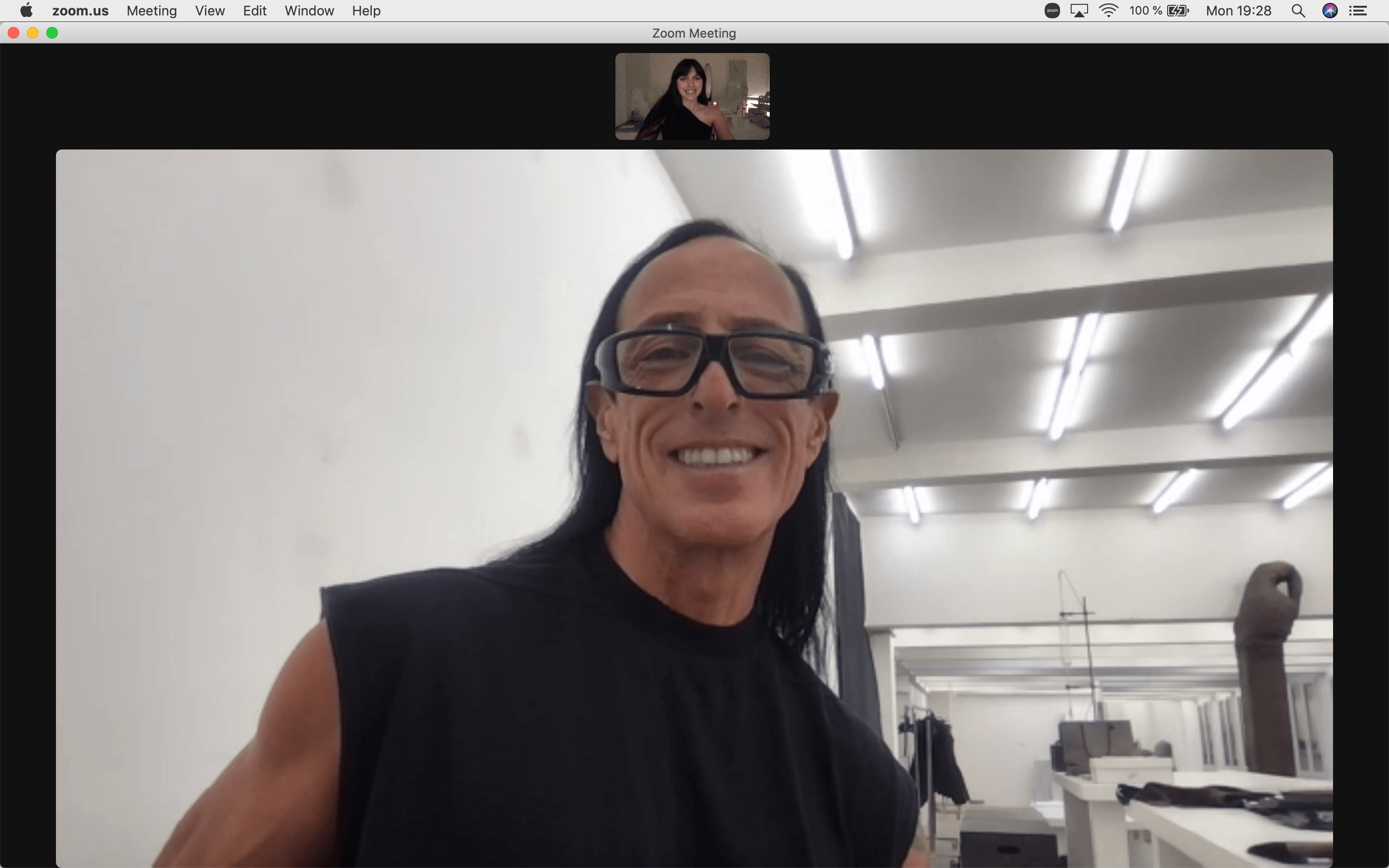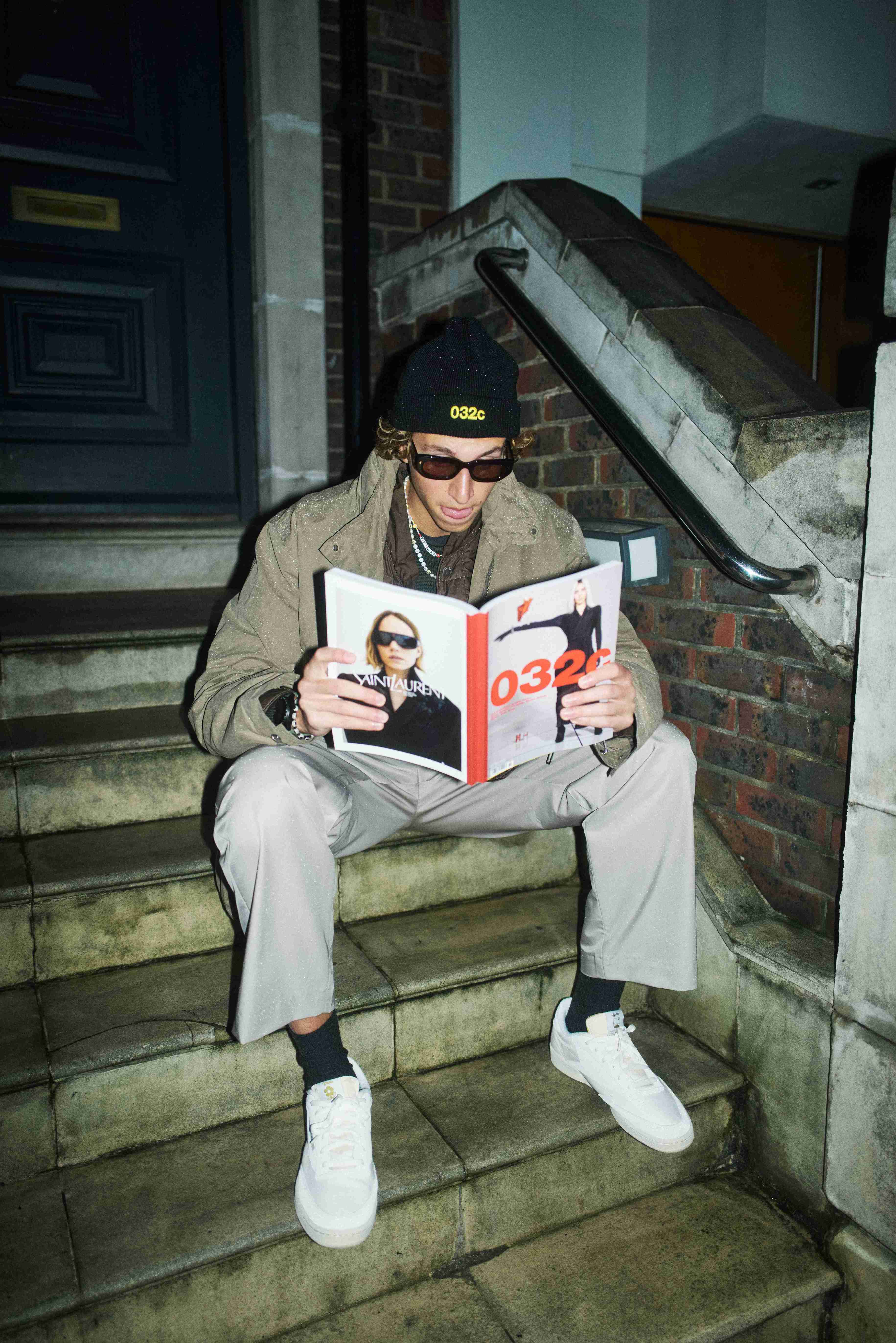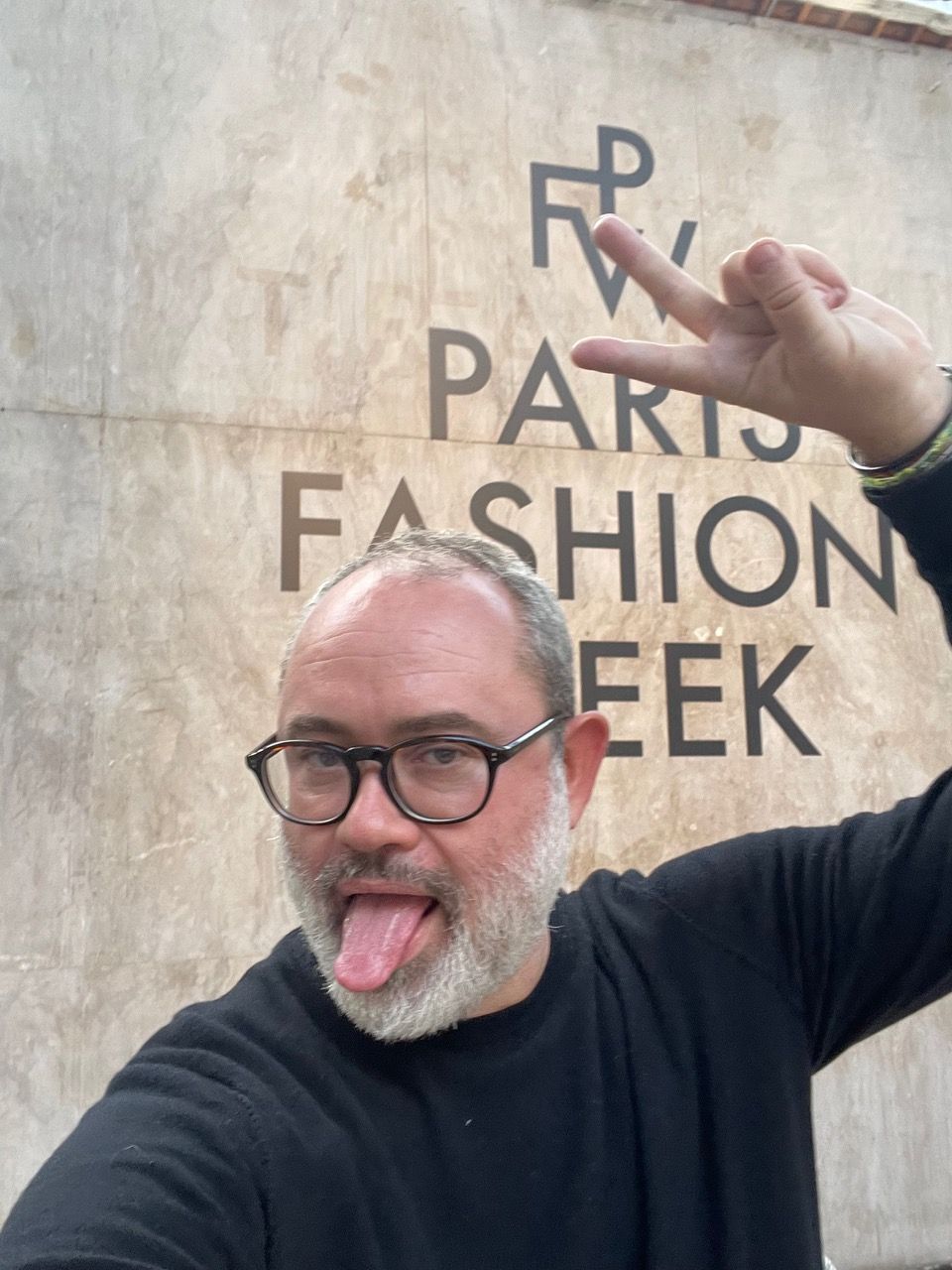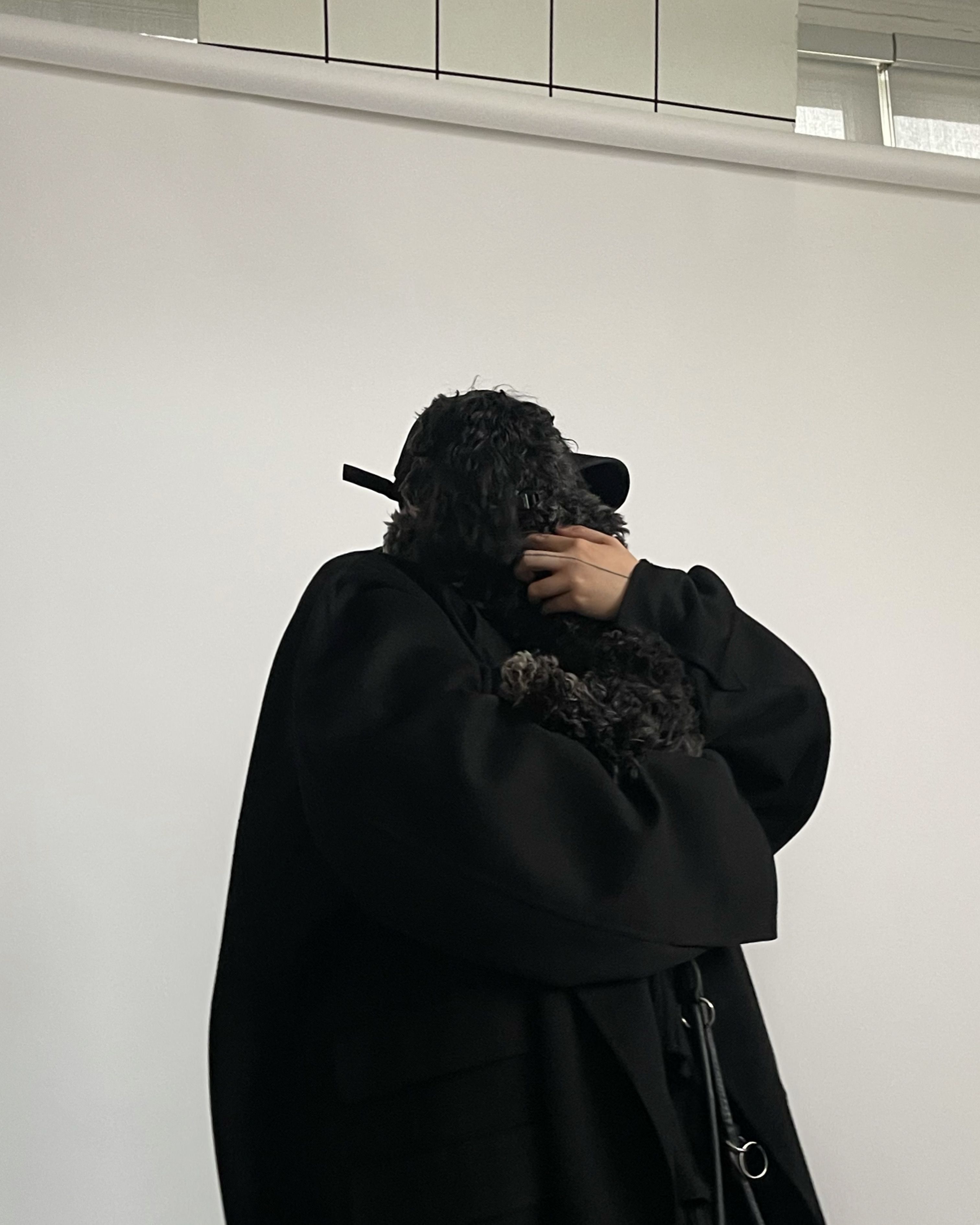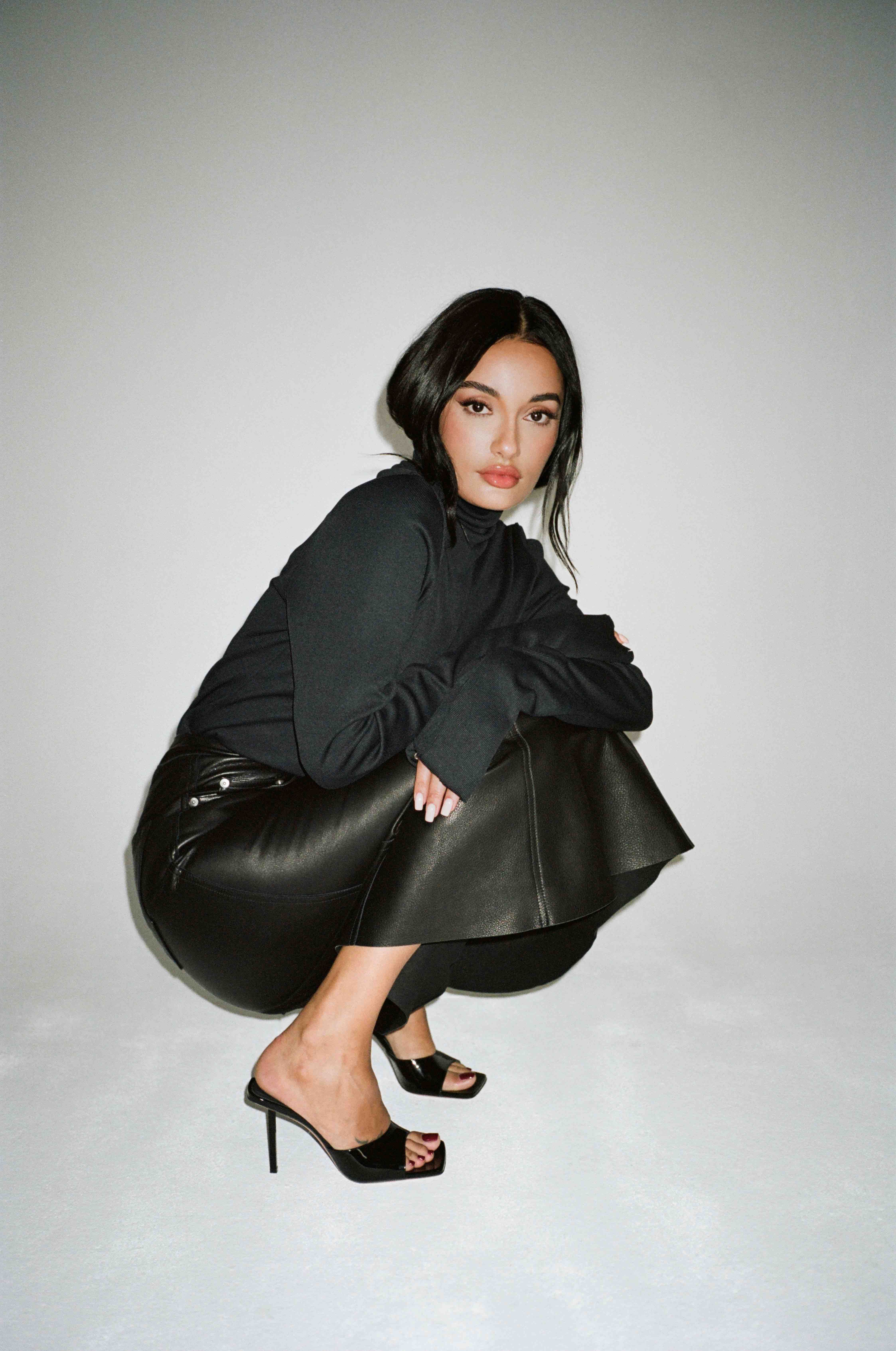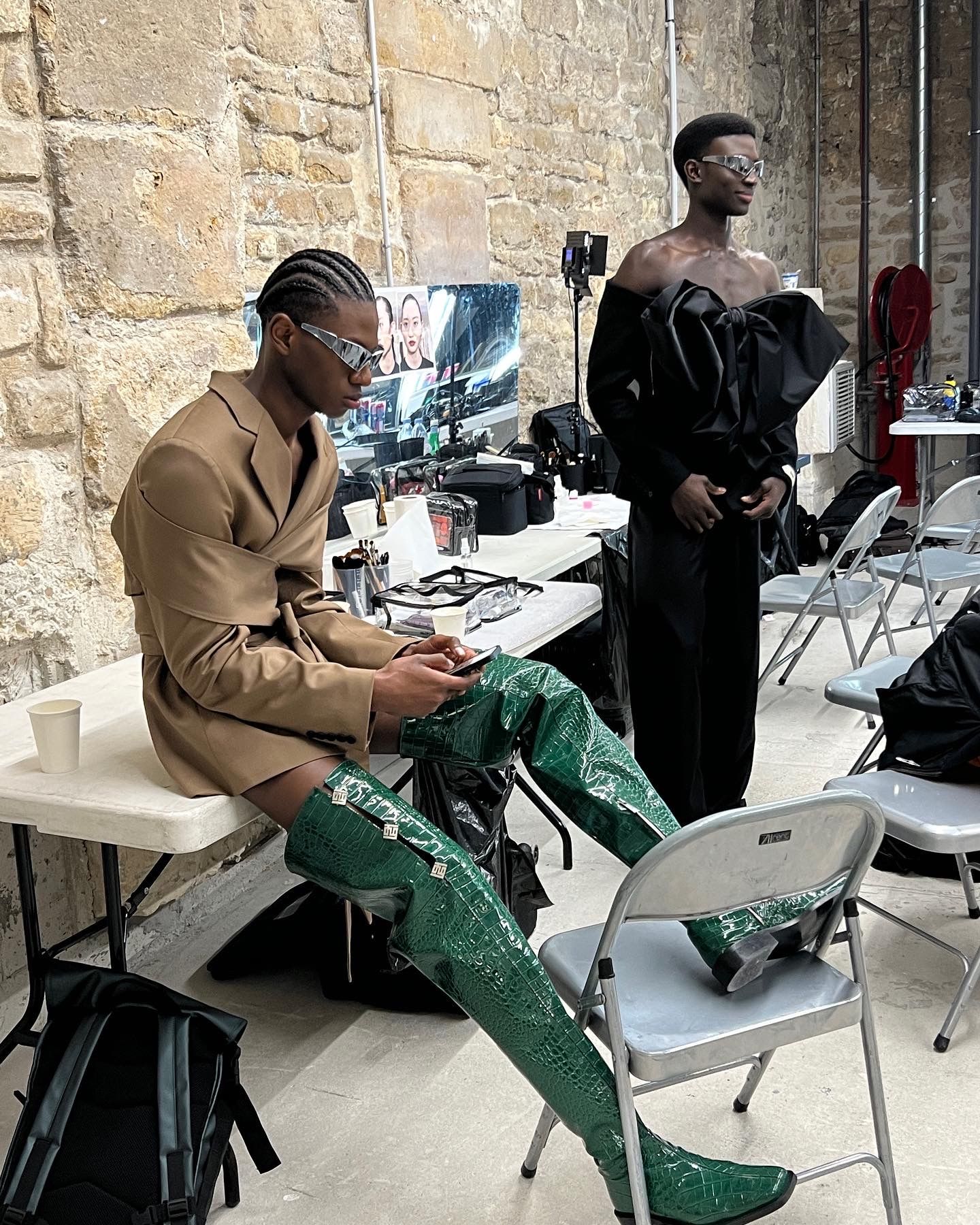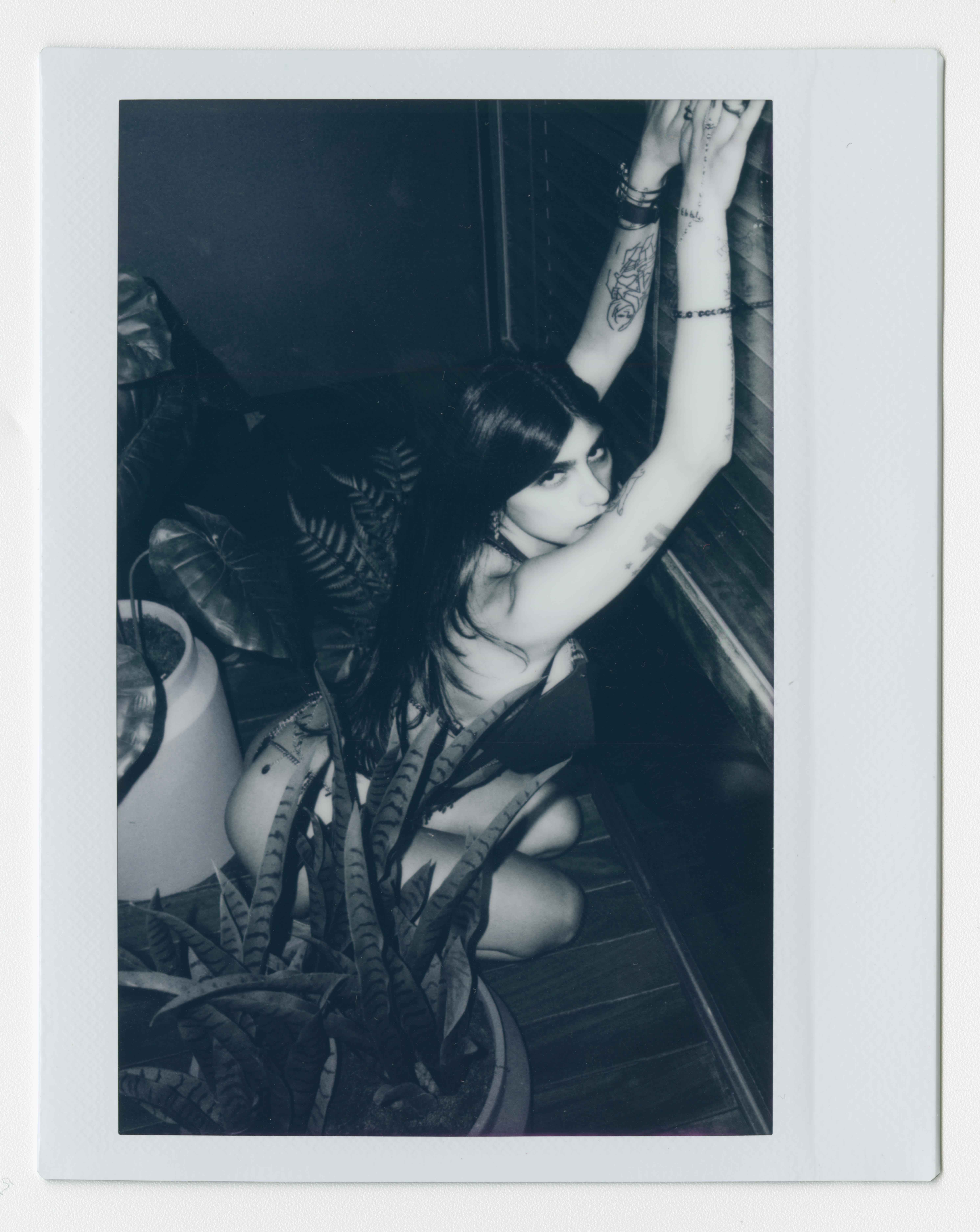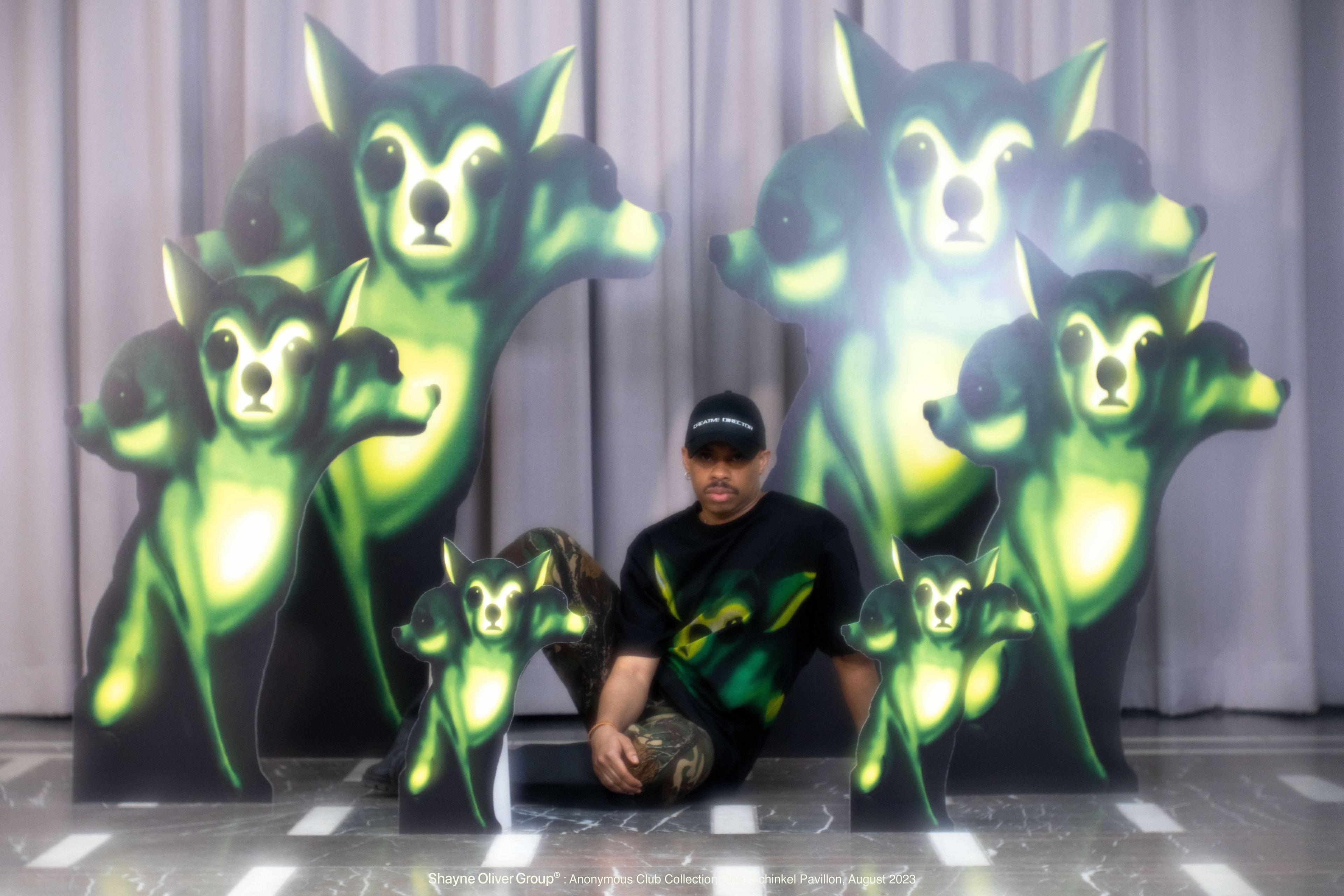Brenda’s Business with SOPHIA NEOPHITOU
I meet Sophia Neophitou in the ninth arrondissement for breakfast. It’s Paris fashion week and she’s a hard one to catch. We have been trying to meet up all week, and after countless rescheduling (on both ends), she is skipping a morning show to do Brenda’s Business (which show, you ask? That’s behind the paywall—if we had one). Neophitou, the editor-in-chief and publisher of 10 Magazine and 10 Men, which have a UK, US, Australian, and recently announced Japan issues, walks me through the business of independent magazines and why local creativity trumps centralized content. Neophitou lives and breathes fashion, having contributed to Vogue, i-D, Dazed, and countless others. And as she tells me, the kickstart to her own empire was a car loan.
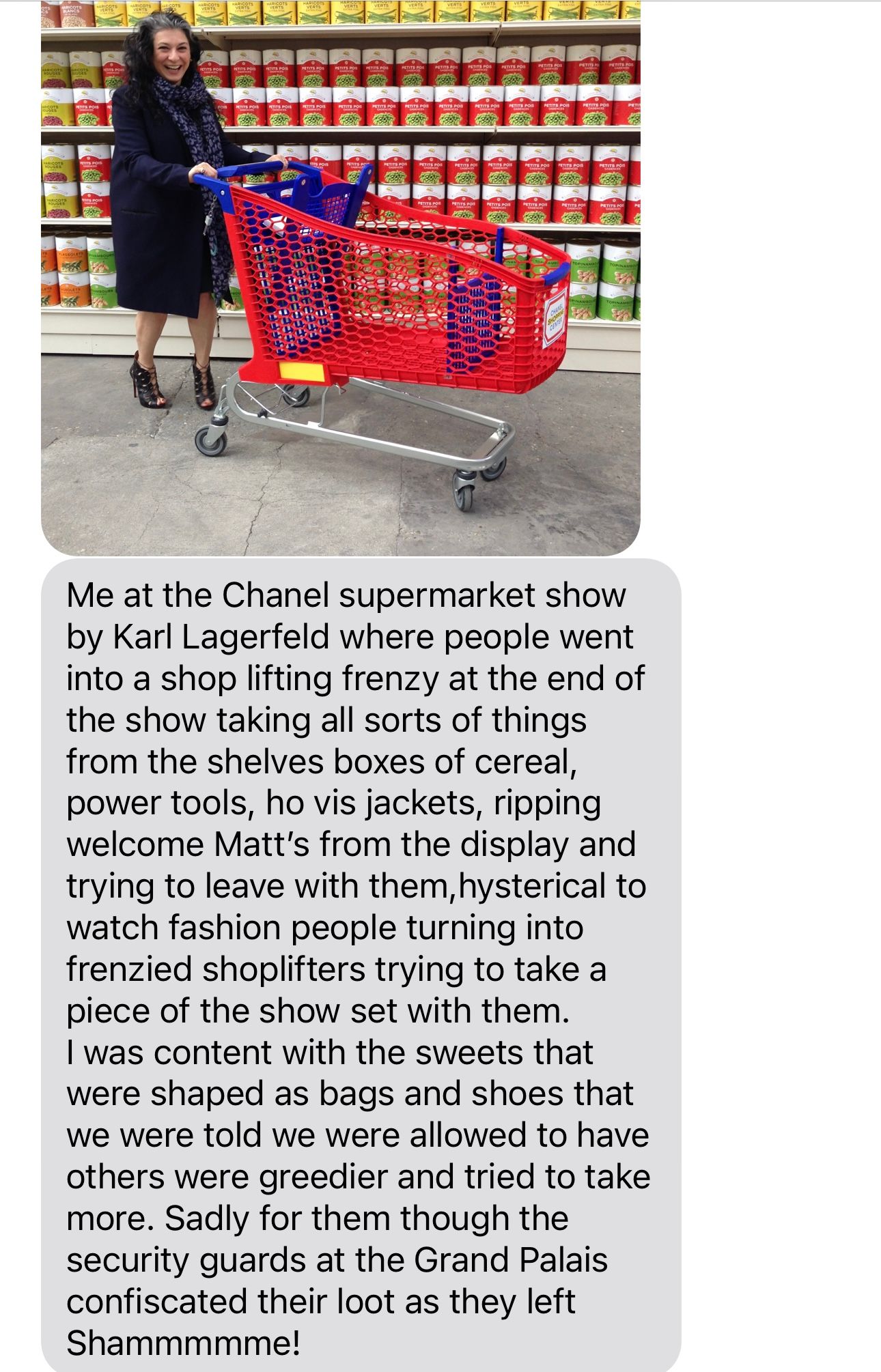
BRENDA WEISCHER: On my way here, I was conflicted between asking you how you got here and talking about right now. I think both are equally important and I didn’t really come to a conclusion. So, how about you give me a five-minute CV and then all your opinions about everything going on right now. Or is it boring for you to talk about the past?
SOPHIA NEOPHITOU: No, not at all. I’ll tell you something: The journey is as important as the destination. You can’t have one without the other—but actually, there isn’t a final destination. When you‘re a creative, you‘re constantly moving your target, your creative aspirations, and your growth ideas.
How did it start? I was working for an architect in central London and hated it. I studied and had all these hopes of what it was going to be. When I got there, it was so boring. The realization of anything creative took years. I had a friend at the time who was working as an interior stylist at an interior design magazine. I didn’t even know what a stylist was but she asked me to come work with her, which I did. I thought, “Well, I like this, but I don’t want to do interiors. I want to do fashion.” Those were the days when you could only write letters—there was no email—and I wrote so many. “Hi, I’m Sophia, I would love to come and do a placement with you.” Then I worked as a salesgirl at Harrods to earn money, so that I could make this dream happen. Eventually I got a letter back from Liz Tilberis, an amazing, inspirational woman, who was the editor-in-chief of British Vogue at the time and who then went on to be the amazing editor-in-chief of Harper’s Bazaar. She wrote back saying, “Yes, come and do a placement.” Vogue was very formal, and I’m not a formal person. I don’t really understand why rules exist sometimes. I think, “Why are we doing it like this? Why don’t we do it like that?” And people would stay in their jobs for decades there, because why would you ever leave Vogue?
BW: So, they never had any outside perspective?
SN: Not really. But that’s not to say I didn’t love it. It was an amazing experience when Isabella Blow was there. You know, she used to stagger in with lipstick on her teeth and wrecked up tights. I thought, “I like this environment, I like the idea of this.” But then I looked around and thought, “If I stay forever, this won’t nourish my creativity, it won’t help me to grow as a person.” Plus, I realized that someone would have to die there for me to get a job. No one was going to leave.
At the time, the newspaper supplements were amazing. I wrote to a girl—who is now the editor-in-chief of my Australian 10—asking her for a job at the Evening Standard. When she told me I didn’t have enough experience, I told her, “Give me a job for a month. You don’t have to pay me. And I’ll leave after that month if it’s not going to work.” I started at the Evening Standard then worked at The Independent. Then I used this as a base to freelance in styling, such as at Dazed and i-D. Then I wanted to start my own magazine. I went to the bank and said, “Hey, got any money?” I think I needed 20,000 to get started, which was a lot for me at the time. The bank manager was like, “If you were a restaurant, we’d know how many covers there were, and I could give you a loan.” I didn’t know what to do. I still had a full-time job, so I rang up the bank and said that I needed a car loan. They said yes, transferred the money to my bank, and that’s how I started the magazine.
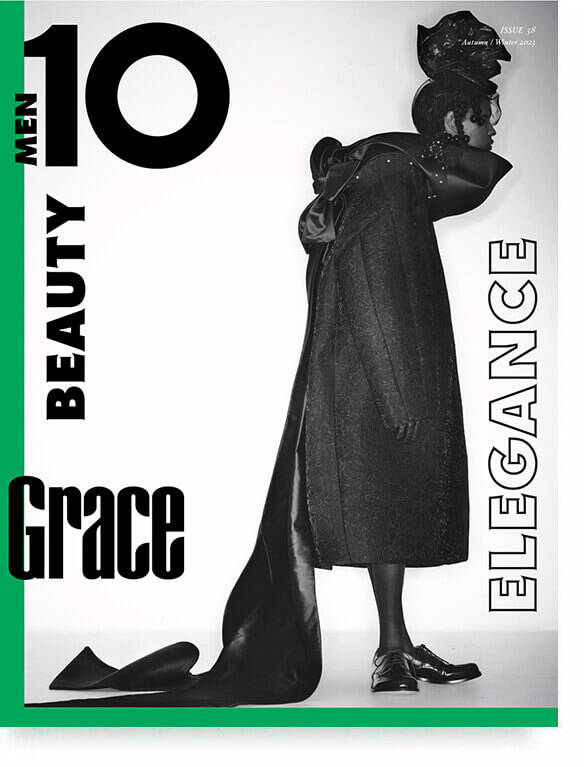
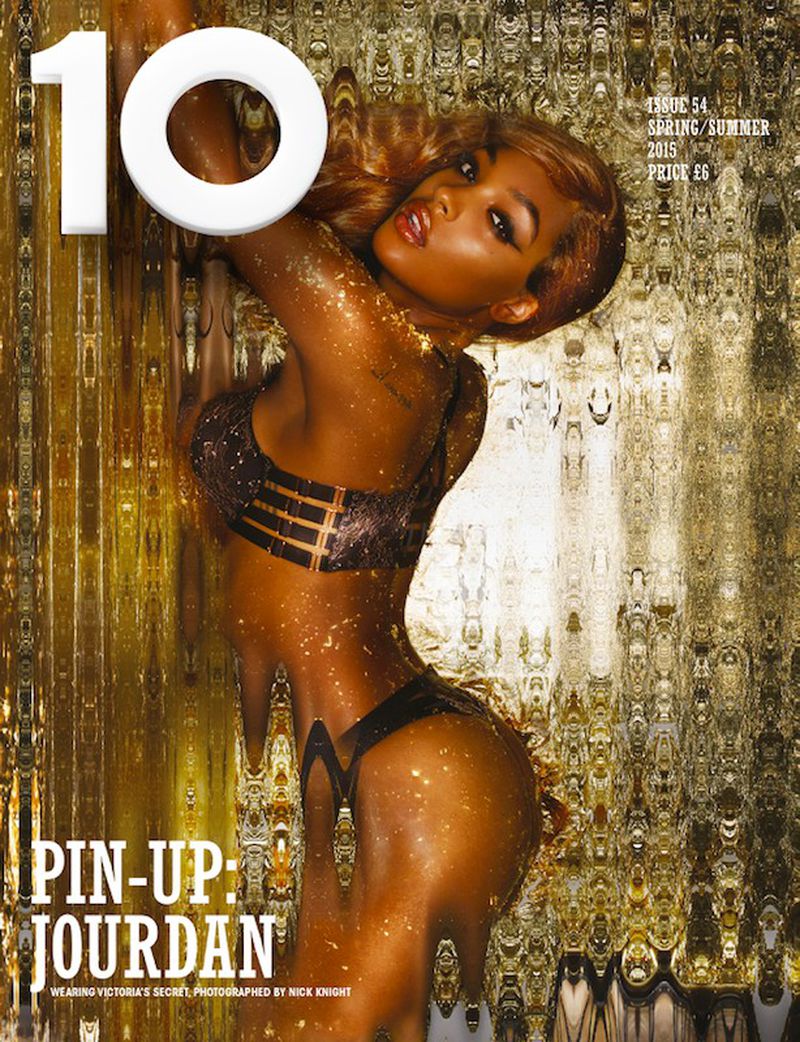
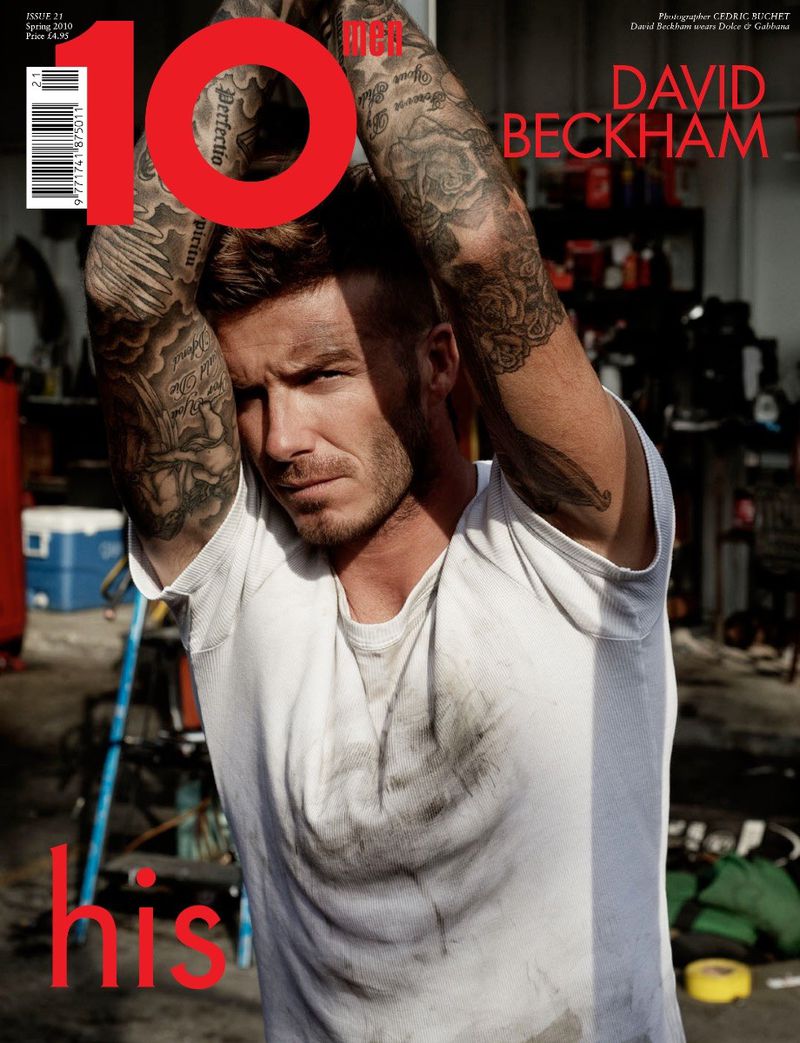
BW: That’s amazing. Did you have a plan? About how often it would come out, etc.?
SN: Oh my God, I had nothing beyond the first issue! I didn’t even have a business plan. Listen, it was a time when you just did things. I started with this car loan and then had to get advertisers because that loan only covered half the print cost. I didn’t even have a dummy version of the magazine when I approached advertisers. But I knew that I had to make it work financially for it to be something and to give a platform to other people.
BW: One thing I love about the way you work is your approach to social media. I’m very lucky with how 032c works in terms of no longer separating print and online, for example. We don’t have to wait to put an article online “because it’s going into print.” It’s such a backwards way of working. Different mediums have different audiences. People are so caught up with making everything cohesive when it doesn’t have to be.
SN: Yes, I love doing Instagram, for example. The content we post on Instagram is completely different to the magazine. I’m not an expert, but what I respond to is authenticity. That’s all I care about.
BW: I don’t envy magazines that aren’t independent. They try so hard to be spontaneous but everything has to go through layers and layers of decision makers. And by the time it’s approved, it’s way too late.
SN: I say this in meetings all the time. We are reactive. We are reactive and we can pivot. We’re not a great big cruiser on the sea. We’re like a speedboat. Agile. Able to move quickly and react to things. And even to news. I come from a news background and the biggest frustration for me is when people take too long to put something up. And you’re going to laugh when you hear this, but I used to take a video camera with me—
BW: You were a vlogger! Yes, I think content just comes naturally to some people. Currently, I’m obsessed with Mel Ottenberg’s personal TikToks. Have you seen them?
SN: Yes, of course I have. They’re fantastic. He is so funny.
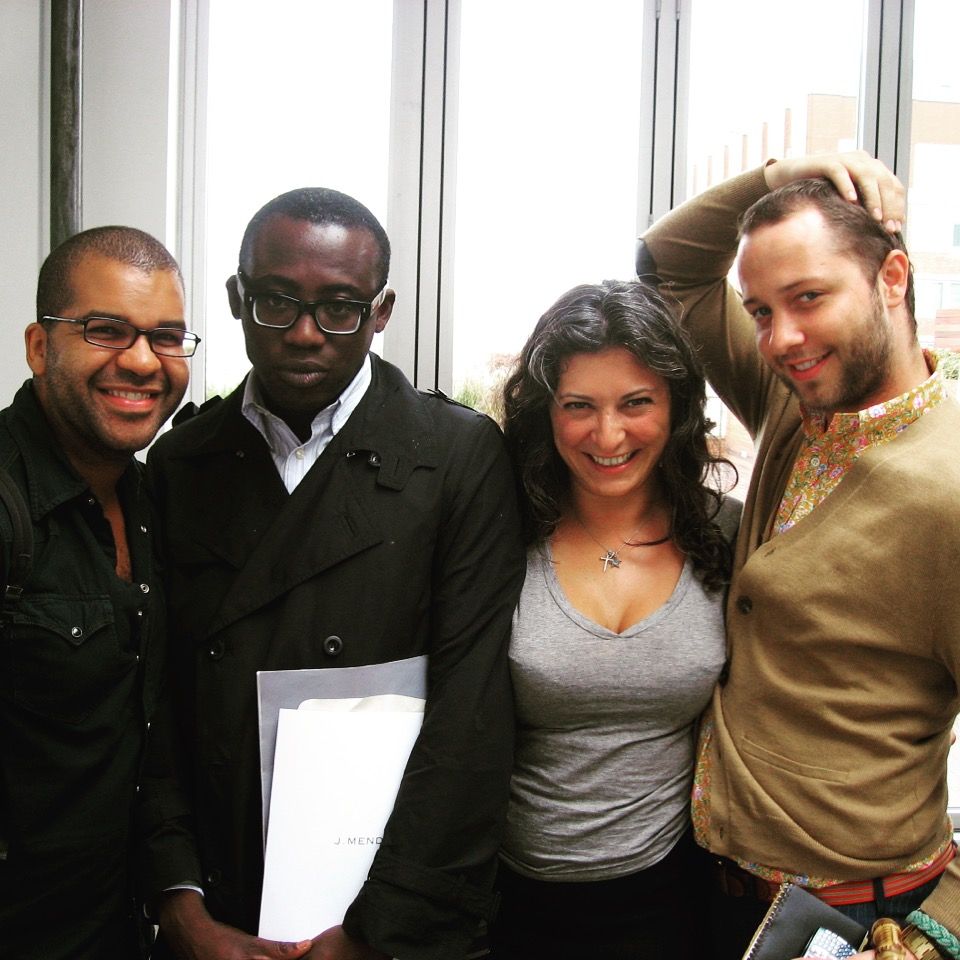
BW: You briefly mentioned your Australian issue. I want to understand the business setup. How many 10 magazines are there?
SN: There is UK, America, Australia. And now Japan. All biannual. Women’s plus men’s.
BW: Men’s and women’s issues are separate.
SN: Yes, but they come out at the same time.
BW: How involved are you with each of them?
SN: Creating the shoots, brokering the deals, and doing the ad meetings—we’re doing that as a group.
BW: How much is shared content?
SN: I would say 60 percent shared, 40 percent content that is created by that market. I think it’s really crucial to have the voice of that country in your magazine. Some publishers right now are underestimating the value of the voices in their region.
BW: Yes, just translating articles from one language to another.
SN: And that doesn’t work. It’s like a patchwork quilt. Sometimes it will look beautiful. Sometimes it won’t. You have to manage what you’re doing.
BW: When did you start the American 10 and the Australian 10?
SN: It has been ten years for the Australian issue, and the first American issue just came out.
BW: Are the advertisers the same across the issues?
SN: No. Local, local, local! The business model is a licensing fee plus a percentage of the ad sales from every region.
BW: And they also have separate social media accounts?
SN: Yes, and websites.
BW: Can I ask: why Australia?
SN: Ten years ago, my friend was working at Australian Vogue and she was discontented with the reality. She then asked me, “Can I get a job? Can I launch 10 in Australia for you?” And I was like, “Yeah, if you think you can make it work, do it.” I’ve never strategized any of it. I know it sounds like the worst business. I’m a very emotional person.
BW: I think good ideas come naturally and not with force.
SN: And it’s about the people!
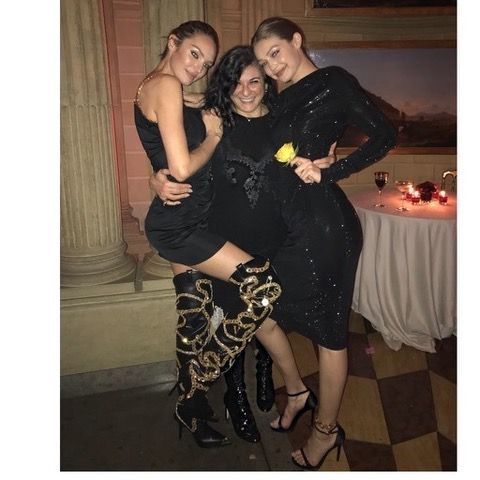
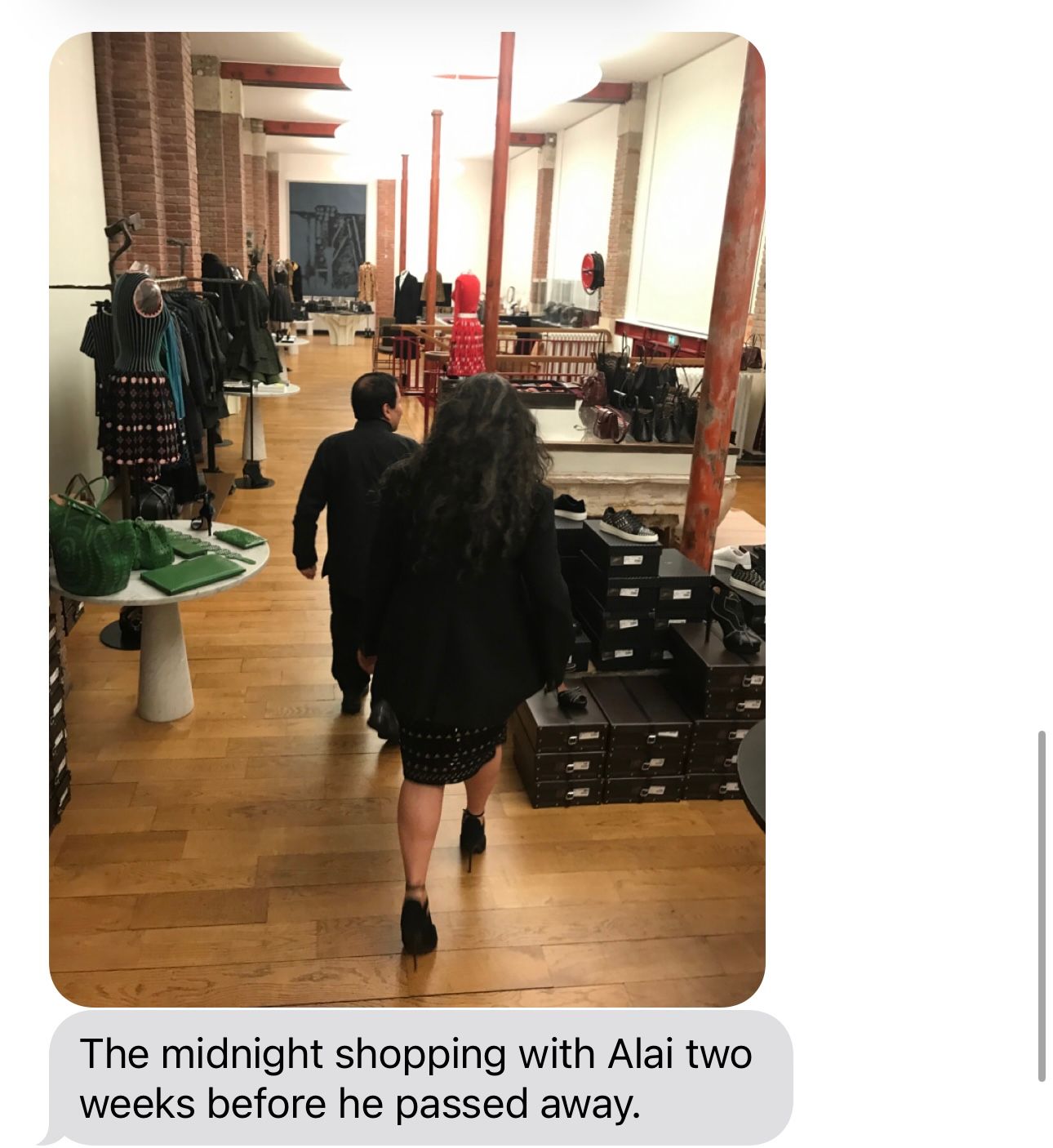
BW: That’s the thing about money infiltrating fashion so much now. People are buying all these brands or magazines and thinking there is a profit within a single season, which completely undermines that fashion is a people’s business and a creative field. Everything is personal relations. 032c is my first real magazine job and one thing that surprised me since I started is that most editors-in-chief of independent magazines are not rivals. They’re all friends. I mean, otherwise I wouldn’t be talking to you.
SN: We’re a community. We’re like a little family because we all grew up fighting against the... [smiles]
BW: [Laughs] I wanted to address the discussion you’ve probably heard for 20 years: “Print is dying.” Actually, at some point I thought all the brands were going to do an Acne Paper move and become their own publication. But that didn’t happen.
SN: You know why? Because it’s like you’re just talking to yourself. You can’t.
BW: It’ll end up being the Lufthansa magazine.
SN: Yes. In the end, even with the most beautiful imagery, you’re just talking to yourself in that scenario. You’re not talking to a wider community of prospective clients or customers or people that you wouldn’t be able to attach to your brand unless you’re in an environment like ours or 032c. How would you reach them? They’re not going to be part of your universe.
I honestly believe people come to us because we are a bit unpredictable. There isn’t a formula or a plan. There’s just the magazine and the platforms. Being true to yourself is the most important thing. You know, Rick [Owens] posted something yesterday: “You just work, work, work, there’s no trick.” There’s no shortcut. You have to be mindful of what your destination is, and you have to work to get there. That’s what I respond to. I respond to people who are showing me their heart on a catwalk. Like John [Galliano]. As a creative, he took us on journeys. And I’m like a pig looking for truffles. Finding that connection is like a drug hit. When you find it, it gives you an electricity, even after years of doing this.
BW: I just had this last night! I almost didn’t go to the Undercover show, it was at 5pm, and I had a long day. The venue was far, none of my friends were going, and I thought, “I’m just going to be sitting there, the show’s probably late because it’s far.” But I went. And then I was sitting there for something like 40 minutes. My seat neighbor was pretty rude, not talking to me at all. I regretted going and was hungry. And then this show happened, and it brought me to tears. It was magic.
SN: That’s it. The exhaustion of it all. I do the four cities, everything is back to back.
BW: And everything is off schedule now, so the schedule never ends!
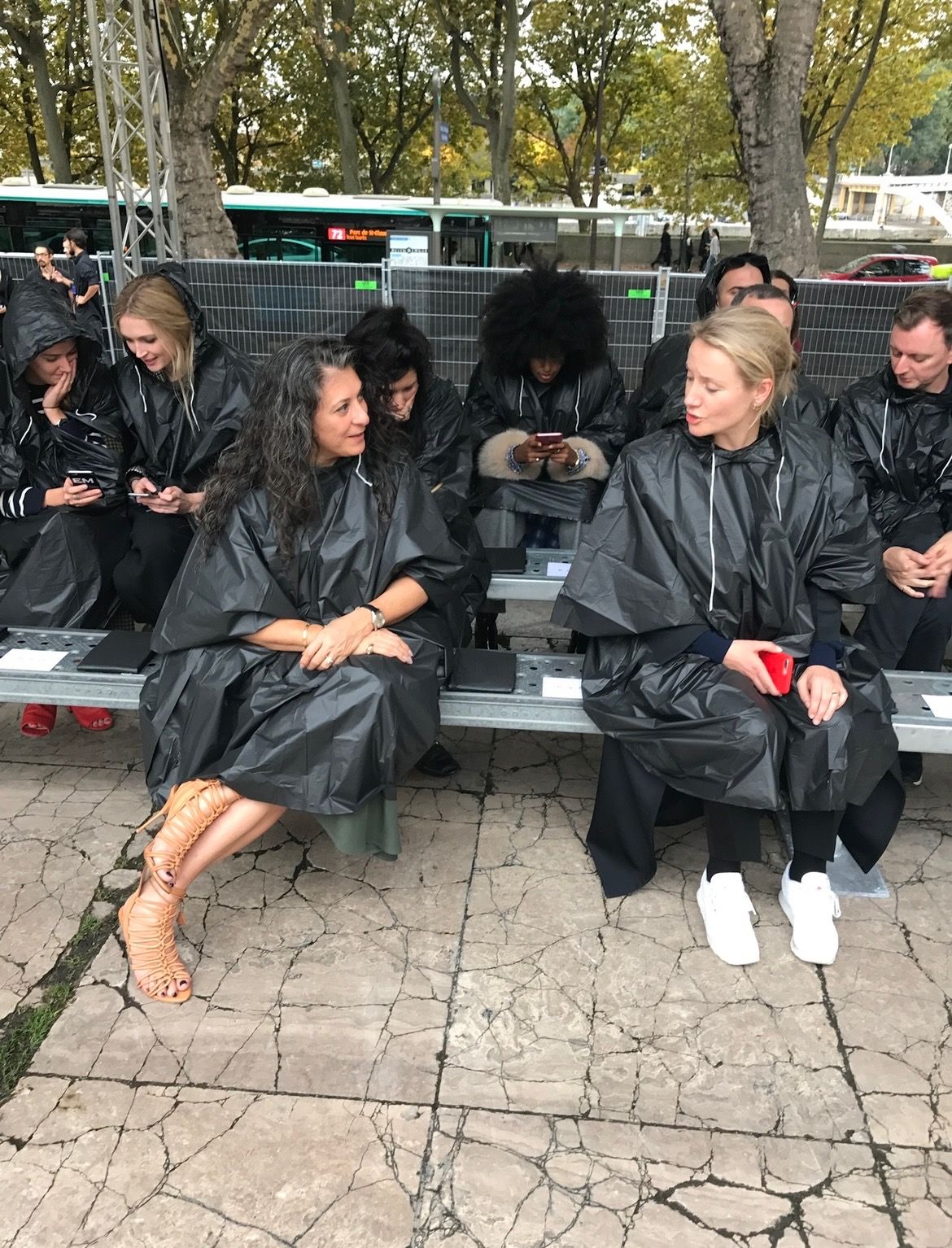
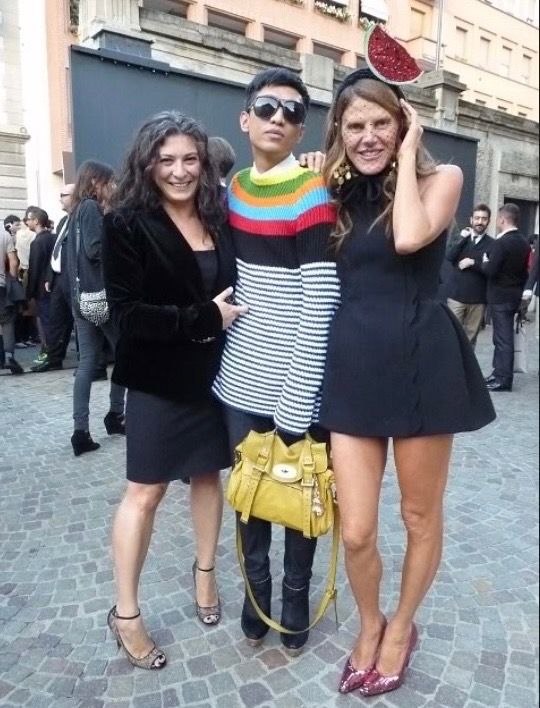
SN: What I love doing are the cruise shows. Because you’re there really taking it in and you’re in a captive audience for three days. And you’re indulged in this fantasia.
BW: I’ve never been to a cruise show!
SN: You have to. It takes you on a journey where you’re in their universe for three days. They can truly show you everything the brand is about. Karl started that. I feel lucky to have had all these experiences because it’s physical.
This is a bit depressing, and I love to keep things cheery, but I got really sick with Covid-19 and was in a coma. I couldn’t walk for 12 weeks. I was nearly at death’s door. At the time, early in the pandemic, they didn’t know what they were doing. So, they induced chemical comas on everyone. I went in on a Thursday, I thought I’d woken up on a Saturday and it was six weeks later. I couldn’t move, and I couldn’t see. It changes you. Forever.
I was always very grateful for my life, but it made me laser focused. Laser focused about spending time with people I really want to spend time with. About what I want to do with my creativity, and how I want to express it. It made me more capable of saying no.
I was never a very good no person. I used to do everything. I was never home. I was at menswear, at womenswear, at couture, at the cruise shows. Now I have an amazing team behind me. I might pop into something, but I don’t feel obliged to be there anymore. I have very much changed my approach to how I live my life. But it took nearly dying for me to do that.
BW: Saying no is important. And boundaries. Personally, I often struggle to find the balance you’re talking about. Saying to yourself, “I am important” when everyone gives you the feeling that everything is constantly at risk. Your seat at the table, your seat at the show.
SN: Yes. Some PRs might not know what you’re doing exactly and might not even consider you because of it. And then say, “Oh, we don’t care about the social media impact of celebrities,” but you do because...
BW: Because they’re all sitting right there!
SN: And no offense to them. That’s great. I am in a lucky position now because I have my seat that I have earned. I’ve worked for 24 years in this industry. We had to work for access! We used to sneak into shows. When it was physical tickets, we would bring marker pens to change the “standing” into an 8, “S” into an 8. This shit had different colors each time, so we went into the stationary shops and bought different colored stickers to be prepared!
BW: You gotta do what you gotta do.
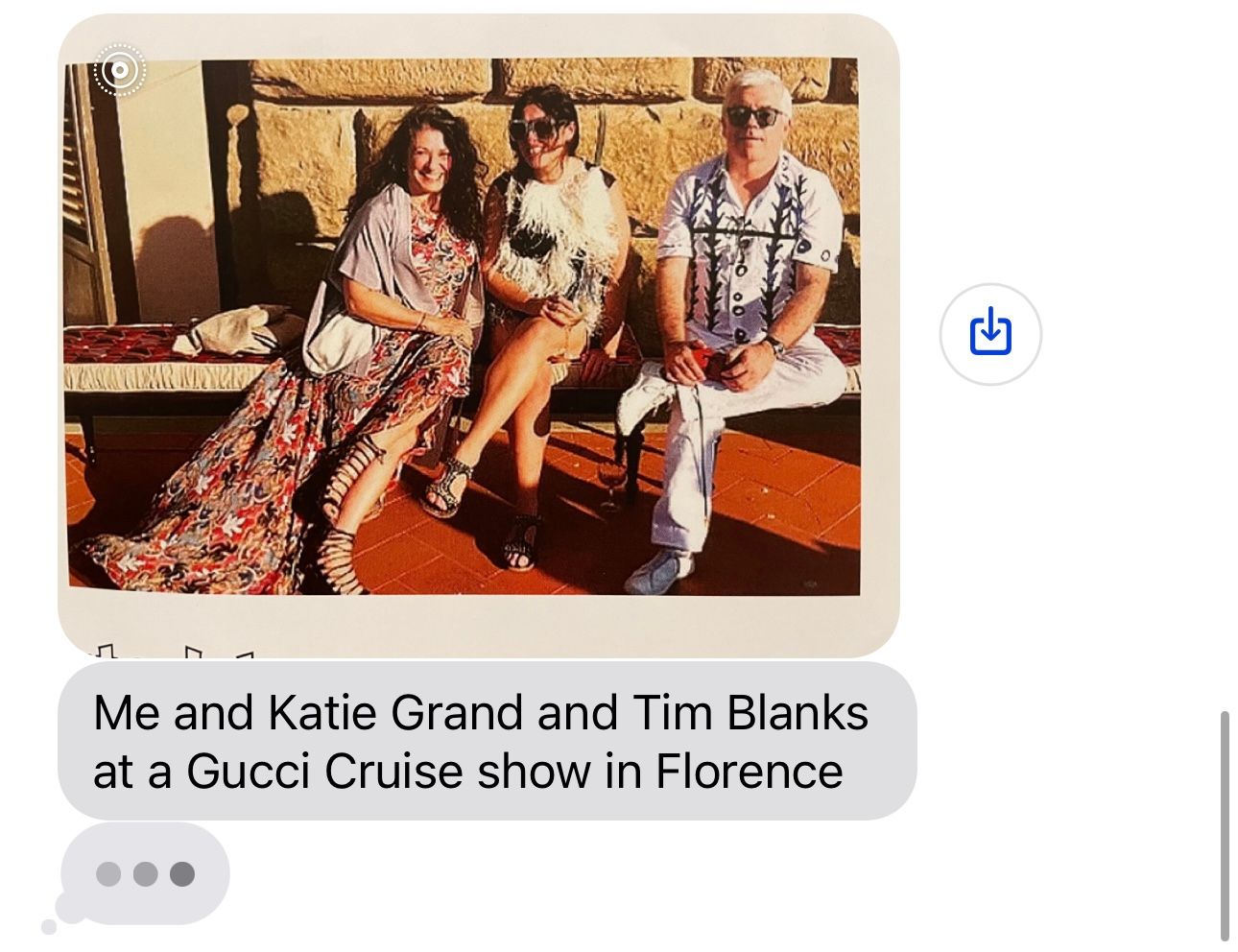
BW: My last topic is covers. How many? Who’s going on? Do you do digital covers? What’s the vibe?
SN: I’m not so attached to the number of covers. If a picture is beautiful enough, I want to put it on the cover. That’s it. I’m not so restricted in my approach. Sometimes a story comes in and you’re like, “Oh my god this would make an amazing cover.”
BW: So, it’s not set?
SN: No. When I used to work in the traditional magazine landscape, everyone had a turn. “This month it’s Prada’s turn, then it’s Dior’s turn.”
BW: “This person has a movie coming out.”
SN: Oh no. I rarely shoot celebrity. I have to love them. Again, it’s all about relationships—like, I worked with the Spice Girls when they were a little group. I’ve got great stories.
BW: I feel like you should have a gossip podcast. Being at a magazine myself, I know that the stories of how a magazine cover actually came to be are sometimes very surprising.
SN: Every cover has a journey. You know, “We got there, we missed the flight, we didn’t get there on time, we managed to get the cover as the sun went down, we ran, chasing the light in a taxi.” I mean, who does stuff like that? And then you see the picture, and people are like, “Wow, what a great cover” and you sit there and think to yourself, “Well, yes, and we nearly died!” [Laughs] People think that this is beyond their capabilities. Or too far out of their reach. But it isn’t. It’s just you—you’re the one who puts those restrictions on yourself. You’re the one who says, “I’m not going to be able to manage this.” But you can. You definitely can.
BW: Can I hire you as my personal motivational speaker?
Credits
- Text: Brenda Weischer
